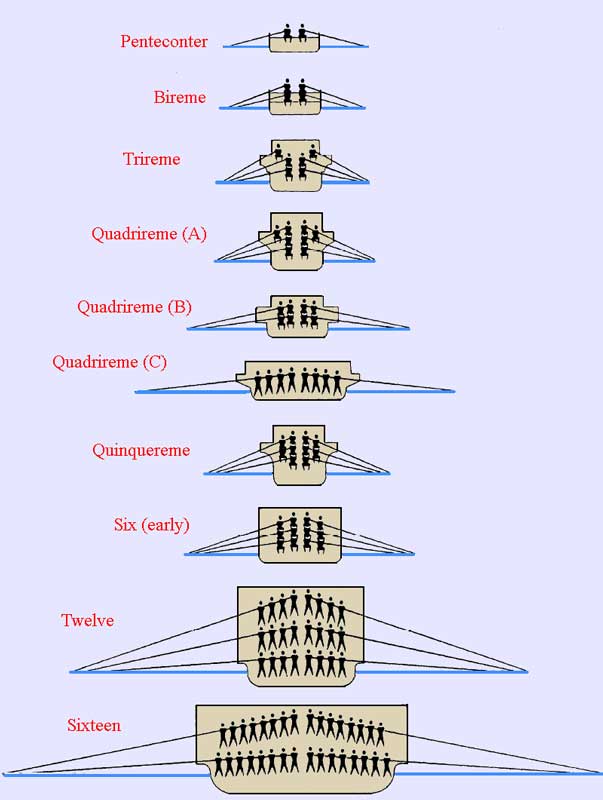I am a bit streched for time at the moment but here are a few ideas:
Liburni - small Illyrian privateering vessels (lembi or naves Liburnicae, "Liburnian ships") with one very large lateen sail, which, adopted by the Romans in their struggle with Carthage and in the Second Macedonian War, gradually supplanted the high-bulwarked galleys which had formerly been in use. The were used go for escape and boarding tactics.
African Forest Elephents - used by Carthage and Ptolemies as opposed to the large African Bush Elepehent and the Indian Elephent. After their conquest of Sicily (242 BC), the Romans wanted to capture some specimens that had been left behind in the middle of the island by the Carthaginians, but failed in the endeavor. The elephants with whom Hannibal crossed the Pyrenees and the Alps in order to invade Italy during the Second Punic War (218-201 BC) belonged to this group. The North African Elephant was also trained and used by the Ptolemaic dynasty of Egypt. Written in the 2nd century BC, the The Histories by Polybius (Histories 5.83) describe their inferiority in battle against the larger Indian elephants used by the Seleucid kings. A surviving Ptolemaic inscription enumerates three separate types of war elephants, the Troglodytic (probably Libyan), the Ethiopian, and the Indian. The Ptolemaic king prides himself with being the first to tame the Ethiopian elephants, a stock which should be identical to one of the two extant African species. It is believed the subspecies must have become extinct some decades after the Roman conquest of North Africa (perhaps in the 2nd century), due to overhunting for use in venatio games. Some authorities believe that small populations may have survived along the Sudanese and Eritrean coasts until the mid-19th century, but if so, these are now certainly extinct.
Reforms of Iphacrates - an Athenian general, the son of a shoemaker, who flourished in the earlier half of the 4th century BC. He owes his fame as much to the improvements he made in the equipment of the peltasts or light-armed mercenaries (named for their small pelte shield) as to his military successes. Historians have debated about just what kind of "peltasts" were affected by his reforms; one of the most popular positions is that he improved the performance of the Greek skirmishers so that they would be able to engage in prolonged hand-to-hand fighting as part of the main battle line, while another strong opinion posits that he worked his changes upon the mercenary hoplites that were an important factor in late 5th- and early 4th-century B.C. Greek land warfare. A third possibility is that his reforms were limited to hoplites serving as marines on board ships of the Athenian navy. His "Iphicratean reforms" consisted of increasing the length of their spears and swords, substituting linen cuirasses in place of heavier bronze armor, and introducing new footwear (later called iphicratids) that were easier to don and remove than previous models. In addition, he replaced the heavy hoplon/aspis with a lighter pelte that could be strapped to the forearm, freeing the left hand to help hold the lengthened spears. By these changes he greatly increased the rapidity of their movements. He also paid special attention to discipline, drill and maneuvers; the longer weapons, combined with the lighter armor and shield, forced his troops to take a more aggressive approach in tactical situations. With his peltasts Iphicrates dealt the Spartans a heavy blow in 392 BC-390 BC by almost annihilating a mora (a battalion of about 600 men) of their famous hoplites.
It is also thought that his reforms indirectly lead to the reforms of the Macedonian phalanx:
http://www.ne.jp/asahi/luke/ueda-sarson/Iphikrates1.html

